Warning: This post contains mentions of kidnapping, violence, and other sensitive topics.
1. If you're in the mood to laugh, might I suggest 30 Rock? In 2014, a reporter for the Atlantic crunched the numbers to see which comedies were able to pack in the most jokes per minute, and found that there was an average of 7.44 jokes per minute in the sitcom.

2. In 2011, Jayme Gordon filed a lawsuit against DreamWorks, claiming that he had created the characters and the concept of their 2008 release Kung Fu Panda. He said that he had begun developing the idea during a trip to Boston's Chinatown in the early 1990s, and had sent a portfolio containing the idea to executives at Disney and DreamWorks. Gordon was seeking over $12 million in damages.
As the case proceeded in court, DreamWorks found that the concept artwork Gordon had submitted as evidence had actually been drawings he traced from a Lion King coloring book that had been published in 1996. When it was revealed that they had found the drawings from the coloring book, Gordon said that Disney must have stolen his ideas as well. In 2015, he was indicted on charges of fraud and perjury, and was sentenced to two years in prison.

3. I never thought of moose as being all that fast, but apparently, they're pretty speedy from birth! Moose calves can typically outrun humans by the time they're 5 days old.
4. In the 1920s, Georgia Tann operated the Tennessee Children's Home Society, which was a front for a massive black-market trafficking scheme where she kidnapped babies and sold them to wealthy families. Tann passed the bar exam in Mississippi, but her father told her that becoming a lawyer was unusual for women, so she turned to social work, which was one of the few socially acceptable careers for women at the time. After being fired at an adoption home in Mississippi after complaints arose around her adoption practices, Tann moved to Tennessee and was hired as the executive secretary of the Tennessee Children's Home Society.
View this video on YouTube
By 1924, Tann had worked her way up to director, where she developed her scheme. She decided to kidnap poor infants and children because she believed that their families wouldn't have the intelligence or resources to search for them. In some cases, Tann or one of her agents would drive a nice car through poor neighborhoods in an attempt to dazzle children and lure them in. She also bribed doctors and nurses to tell new parents that their child was stillborn and frequently lurked outside of prisons and mental hospitals to try to steal any children who had been born there. Tann would even kidnap children who were playing outside, and told them that their parents had died. Tann went so far as to place ads in local newspapers begging rich families to adopt the babies.

Celebrities like Joan Crawford and June Allyson adopted babies from Tann, who was pocketing up to $5,000 for each of the adoptions she facilitated. Despite the fact that many parents filed reports that their children were missing, Tann was able to avoid trouble because of her close relationship with the Memphis police, as well as her friendship with E.H. Crump, a business tycoon turned Memphis mayor. She worked with local judges to falsify and destroy adoption papers.
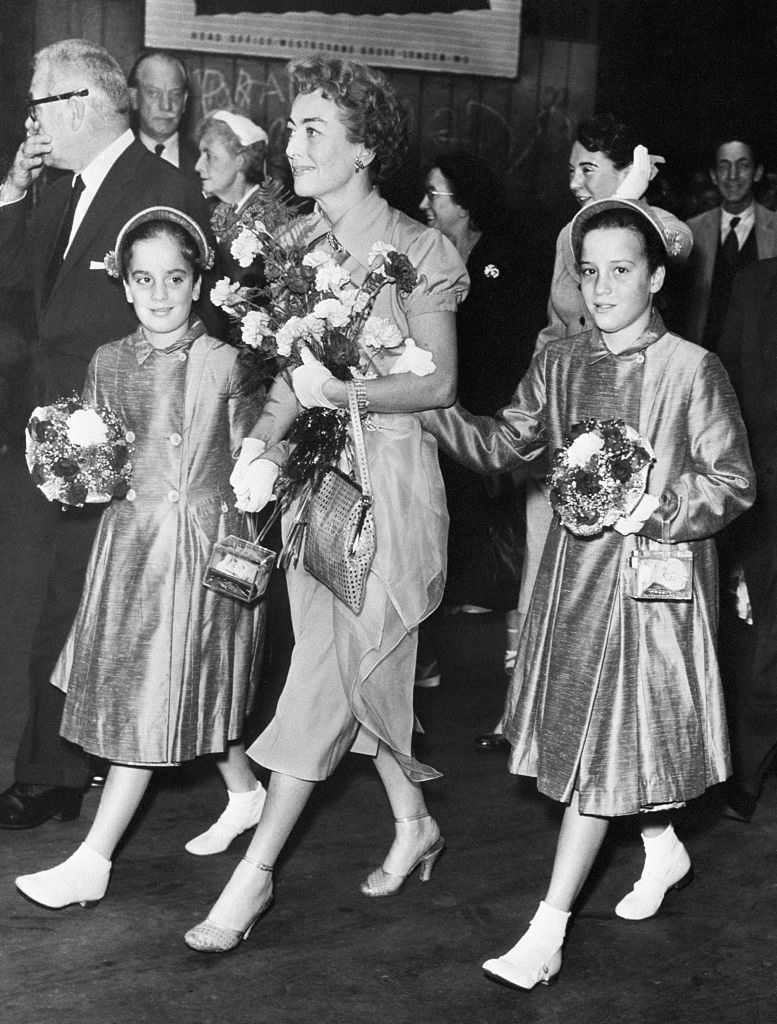
In 1947, Tann was diagnosed with uterine cancer just as the scheme was beginning to fall apart. Crump was losing political influence in Memphis, and people had started to whisper about her tactics. During Gordon Browning's mayoral campaign, he decided to hire an investigator to uncover Tann's adoption scheme. In September 1950, a case was launched against Tann, but she passed away just days later. Two months after her death, the Tennessee Children's Home Society closed for good. It's estimated that from 1924 to 1950, Tann kidnapped about 5,000 children. It's also believed that about 500 children died under Tann's care. In the years following, several of the children Tann kidnapped were reunited with their parents.

5. During the Geneva Summit in 1985, US President Ronald Reagan and Soviet Union leader Mikhail Gorbachev went on a walk together. Their discussion was kept under wraps until 2009, when it was revealed that during the stroll, Reagan, who was a big science fiction fan, asked Gorbachev if they could agree to pause the Cold War in the case of an alien invasion. The two even agreed to help each other out in the event that either country was attacked by the invaders.

6. While the AARP might now be one of the largest organizations in the world, it actually got its start from a chicken coop. In the 1940s, Dr. Ethel Percy Andrus, who had been appointed to a committee for retired teachers' welfare, was contacted by a man whose neighbor was a former teacher. The teacher received so few benefits that she had to live in a chicken coop and lived off of only $40 a month. Andrus was so taken by the story that she created the National Retired Teachers Association in 1947, then formed the American Association of Retired Persons, or the AARP, in 1958.
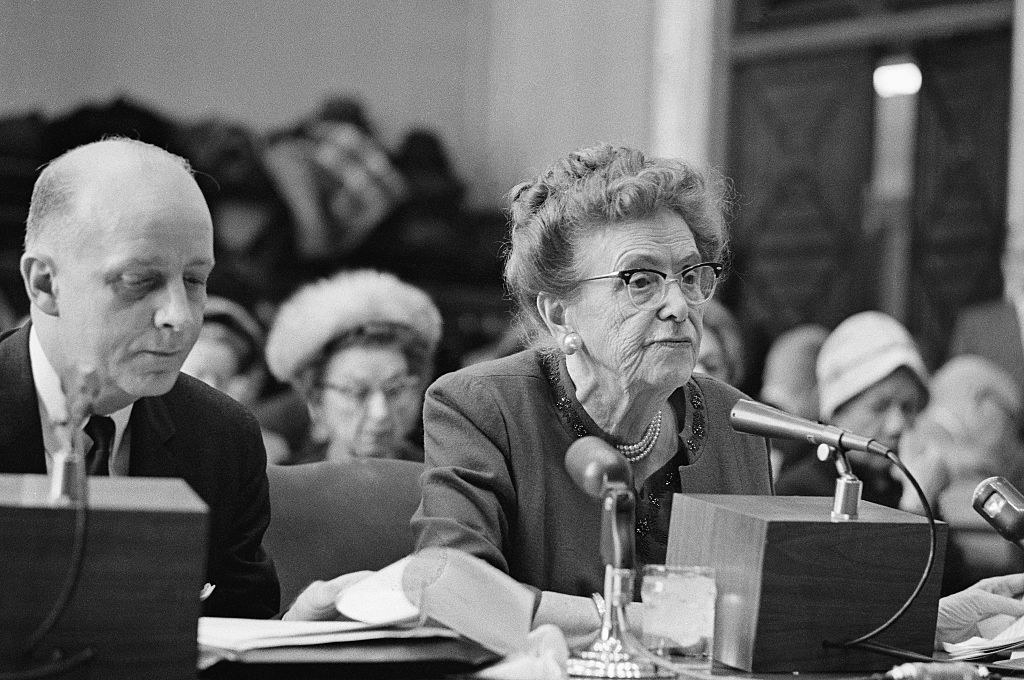
7. If you're looking for a picturesque drive without anything blocking the view, you might want to plan a trip to Alaska, Hawaii, Maine, or Vermont. They're the only four states that have banned billboards.

8. When Bret Easton Ellis's American Psycho was published in 1991, it became a hit, and the movie rights were bought less than a year later. After several years of being stuck in development limbo, indie director Mary Harron was announced as director, with Christian Bale attached to star. Soon after, Lionsgate got involved with the project and decided that they wanted a bigger name to anchor the film.

As the search for a new star began, Lionsgate decided to approach Leonardo DiCaprio, who was fresh off of filming Titanic, with the script and an offer of $20 million to star in the movie. DiCaprio was interested, but Harron thought that he had the wrong look for the role, and believed that if he starred, the "wrong type of crowd" would go see the movie. Lionsgate pressed forward with DiCaprio and reportedly allowed the actor to put together his own short list of potential directors, with Oliver Stone eventually agreeing to direct. Shortly after, both DiCaprio and Stone dropped out, and Bale and Harron were back.
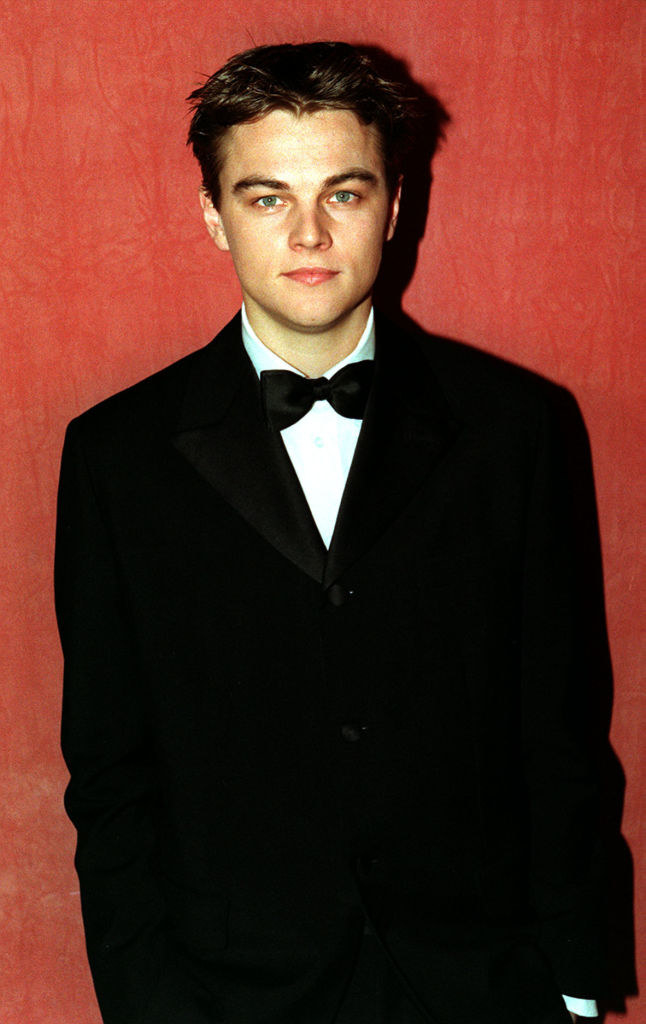
So why did DiCaprio ditch the movie? Feminist activist Gloria Steinem was a vocal opponent of both the book and the movie for its depiction of violence against women. Steinem reportedly took DiCaprio to a Yankees game and told him that doing the movie would be bad for his career. DiCaprio supposedly took this to heart and dropped out of the flick soon after. The real kicker? Shortly after American Psycho was released, Steinem married environmental activist David Bale, who just so happened to be Christian Bale's father.
9. When giraffes are born, they usually fall 6 feet to the ground and typically land on their heads. The shock of the landing actually shocks newborn giraffes and prompts them to start breathing. The fall also bursts the amniotic sac and severs the umbilical cord.
10. Before the Fyre Festival, there was Woodstock 99, another massive music festival failure. The festival was held at Griffiss Air Force Base in Rome, New York, and was the second attempt at emulating the legendary 1969 Woodstock festival. Acts like Willie Nelson, the Red Hot Chili Peppers, Alanis Morissette, and Ice Cube were scheduled to perform for an estimated 400,000 attendees, despite the fact that the venue had a cap of 250,000 people.

During the festival, which was held in July, temperatures swelled to over 100 degrees during the day. Due to the massive number of attendees, many were forced to camp on hot asphalt. Water bottles were sparse and costly, while lines for free water took hours. Attendees resorted to breaking open the pipes, which caused flooding and mud. During Kid Rock's set, he told the audience to pelt the stage with their empty water bottles, which some thought was commentary on the water situation. After the festival, some festival-goers even threatened to sue for negligence because of the lack of water.

During the Red Hot Chili Peppers' closing set, they performed a cover of Jimi Hendrix's "Fire" as a tribute to his performance at the original Woodstock. Festival-goers took the song to heart, and began setting fires in the crowd during the performance. Once people noticed the fires, the entire venue devolved into chaos — vehicles were flipped over, and vendor tents were raided and burned. There were also several reports of sexual assault that arose during the chaos. New York state troopers attempted to take control of the situation, and said they weren't able to extinguish all of the fires until the next day. After the festival ended, the San Francisco Examiner called the festival "the day the music died."

11. I don't think an umbrella will suffice on planet HD 189733b. According to NASA, it rains glass on the planet, with winds reaching speeds of 5,400 mph, which is seven times the speed of sound.

12. School of Rock is known for its use of music from some of rock's biggest names, from AC/DC to Stevie Nicks. Filmmakers wanted to use Led Zeppelin's "Immigrant Song" in the movie, but knew it would be challenging because Led Zeppelin rarely approved use of their music in movies or TV shows. Jack Black decided that he was going to make an onstage appeal while filming to persuade them to use the song.

While filming the movie's Battle of the Bands scene, Black turned to the camera and asked the "gods of rock" for permission to use the song. "This is a movie about rock, and without that song this movie will crumble into smithereens. Oh no — the movie is kickass. But dude, your song would be a hard rockin’ cherry on the top of the mountain." Led Zeppelin approved, and "Immigrant Song" was used in the movie. In 2017, "Immigrant Song" appeared in Thor: Ragnarok, and Black jokingly challenged star Chris Hemsworth to a "Battle of Jams" for ripping off his movie's big feat.
View this video on YouTube
13. On October 17, 2015, a mega-tsunami struck Alaska's Ice Bay. The tsunami was caused by 180 million tons of rock sliding into Taan Fiord, which generated a wave that reached 633 feet and stripped over 8 square miles of forest. Although the tsunami was later deemed the fourth-largest tsunami recorded in history, nobody even knew it initially happened because it occurred in such an isolated area.

14. Theodore Roosevelt's family was known for their menagerie of unusual pets during his presidency. When he took office in 1901, his 17-year-old daughter Alice got Emily Spinach, a garter snake, as a pet. Alice reportedly chose the name "because it was as green as spinach and as thin as my Aunt Emily." Her brother Quentin also loved snakes. He reportedly bought four snakes at a pet store, then barged into the Oval Office while Theodore was in a meeting with several senators and let the snakes loose. They were quickly captured and taken back to the pet shop.
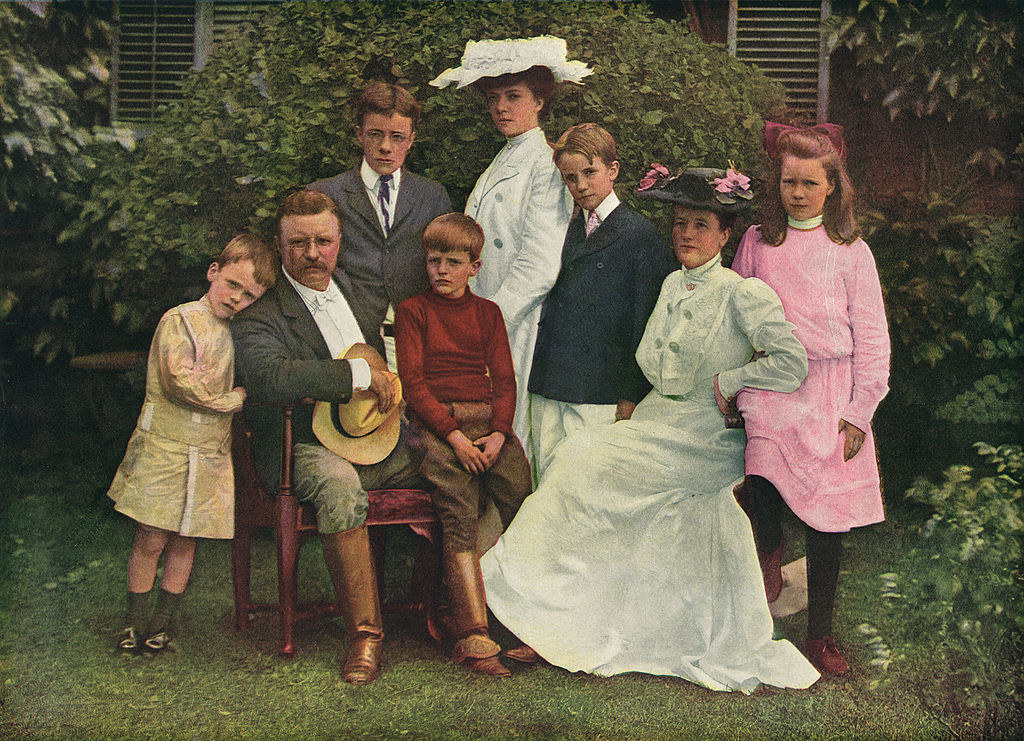
In addition to the snakes, the family kept dogs, birds, a one-legged rooster, several horses, and even a small bear as pets. The family's bull terrier Pete reportedly bit so many White House employees and visitors that he had to be sent away to the family's home in Long Island.
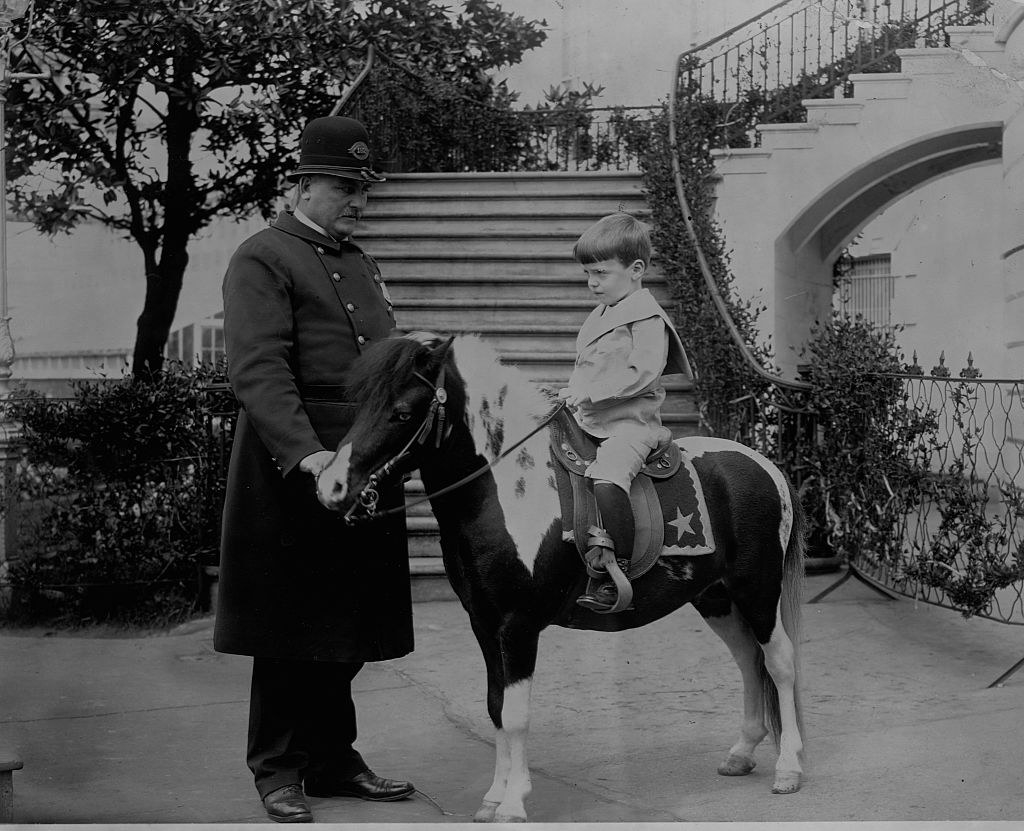
15. Movie trailers got their name because they used to come after, or trail, the actual movie. Surprisingly, the first trailer actually wasn't even for a movie! Instead, promotion for The Pleasure Seekers, a play that debuted in 1913, is known as the first official trailer.
16. Thomas Nast was the cartoonist behind some of America's most recognizable figures, creating the imagery for icons like Uncle Sam, Santa Claus, and the donkey and elephant used to represent the Democrat and Republican parties. Nast served as cartoonist for Harper's Weekly from 1862 to 1886, and quickly became known for his brutal takes on politics. The elephant emerged from "Third Term Panic," an 1874 cartoon that Nast drew as commentary on the rumor that President Ulysses Grant, a Republican, was contemplating running for a third term in 1876. Nast labeled an elephant as "the Republican vote." In later cartoons, Nast would label a donkey as the Democratic party, and the iconography stuck.
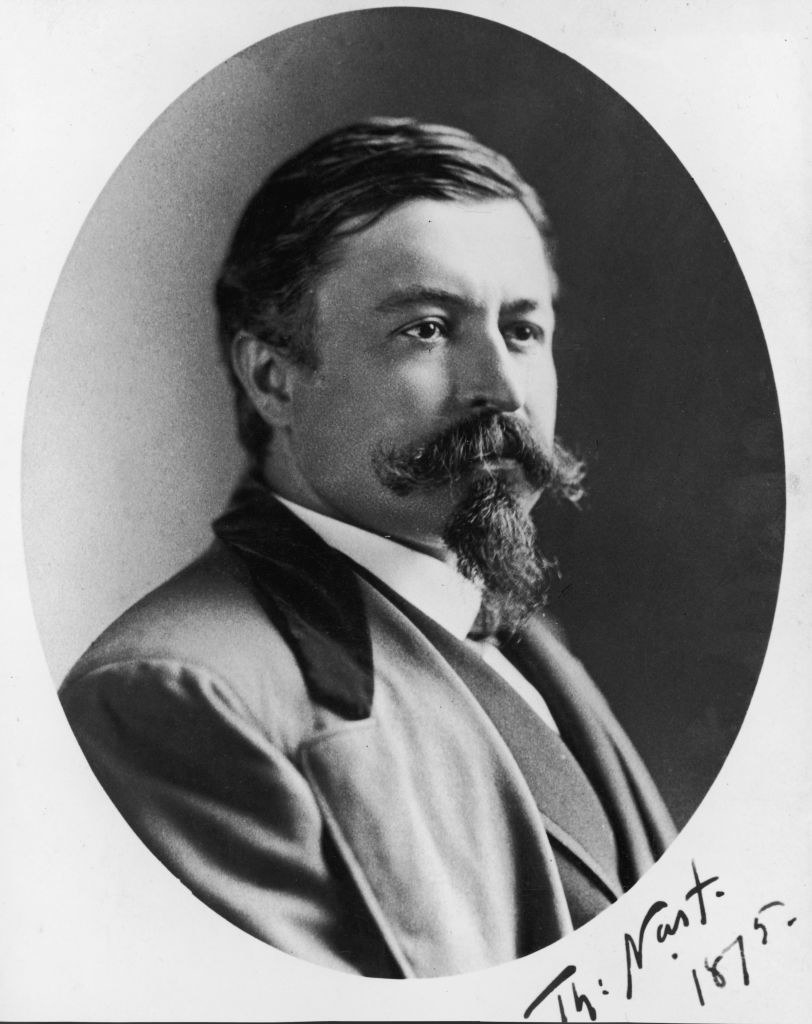
In addition to creating recognizable political symbols, Nast popularized depictions of Uncle Sam and Santa Claus as well. While versions of Uncle Sam had been appearing since the War of 1812, Nast's 1870s version has since become the one that is most widely used today. Prior to the 1860s, Santa Claus was often portrayed as a tall, thin man. In 1863, Nast drew a new version of Jolly Old Saint Nick, complete with a beard and a belly full of Christmas cookies. The new Santa was often used in Civil War propaganda cartoons, but has since endured to be the Santa we recognize today.
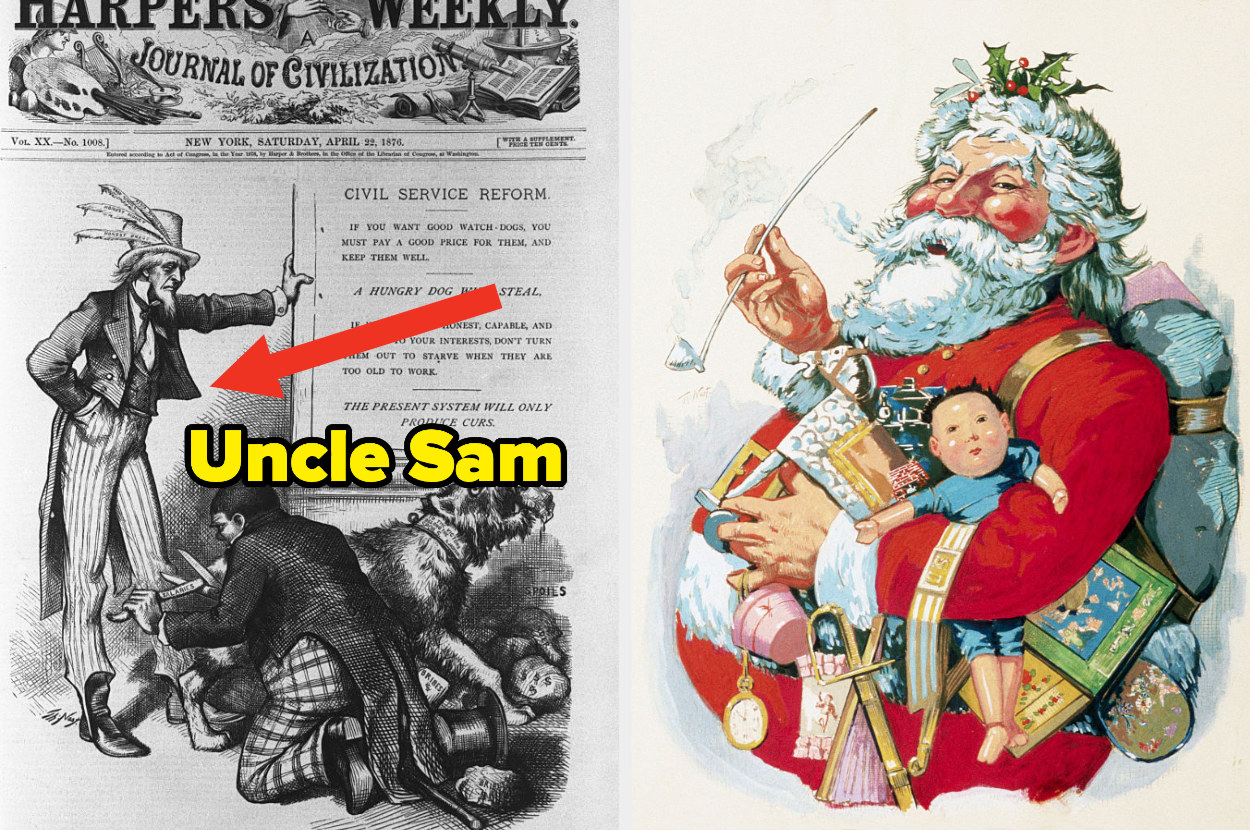
17. J.R.R. Tolkien was incredibly detail-oriented and protective over his work, especially the Lord of the Rings series. When he decided to sell the movie rights for the franchise, he forbade Disney from ever being involved in the production, saying Walt Disney was "simply a cheat" who had been "hopelessly corrupted" and only cared about profits. In the 1950s, Tolkien's publisher supposedly approached Disney about adapting the books without Tolkien's consent, but Disney reportedly turned the project down because they thought it was too complex and scary for their audience.

18. While the fully grown size of most mammals, including humans, is mostly set from birth, give or take a few inches, that's not the case for other animals. Fish, lizards, snakes, and other amphibians are "indeterminate growers," which means they technically never stop growing.
19. While filming The Sound of Music in 1964, director Richard Wise wanted to put banners featuring swastikas and other Nazi imagery throughout the city of Salzburg to make the film appear historically accurate. The city turned down this request, so Wise told them that he would instead include real newsreel footage of the city cheering for Adolf Hitler when he visited during World War II. Soon after, the city backtracked on their statement and allowed Wise to hang the banners.

20. And finally, Rose Cleveland was the first LGBTQ+ First Lady. Rose served as First Lady during her brother Grover Cleveland's presidency because he was unmarried. During the time period, unmarried presidents had to select a female relative to fill in as First Lady. Rose, who was an author and teacher, provided a well-respected counter to her brother's often debaucherous ways. Rose left the White House in 1886 after Grover married Frances Folsom, his 21-year-old ward. During the winter of 1890, she met Evangeline Simpson.
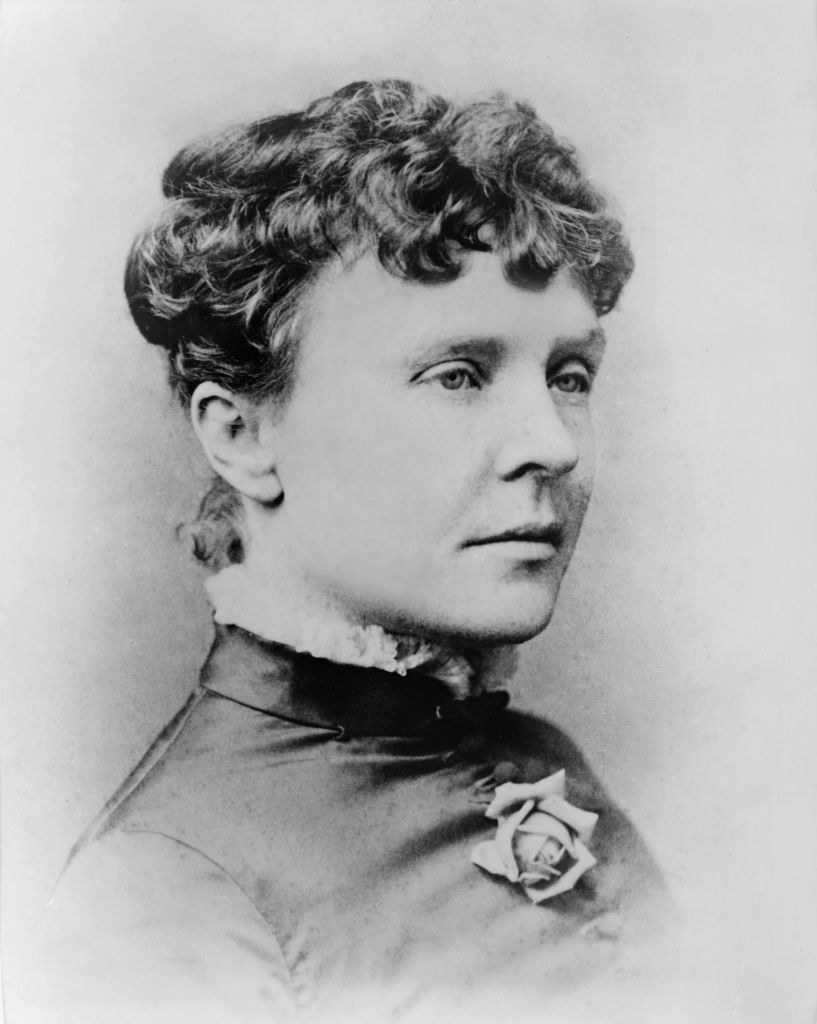
By April 1890, the two began writing each other love letters. For six years, the couple traded letters, traveled together, and even revealed their relationship to their families, who appeared to have accepted them. In 1896, Evangeline shocked Rose by announcing that she was engaged to Henry Whipple. She wrote back begging her to reconsider, but they married later that fall, and Rose fled to Europe. While they kept in contact, their letters became far less frequent. Whipple died in 1901, and soon, Rose and Evangeline resumed their relationship. In 1909, Rose gave Evangeline an ultimatum: They needed to live together. She agreed, and the pair moved to Italy, where they lived until Rose's death in 1917.



